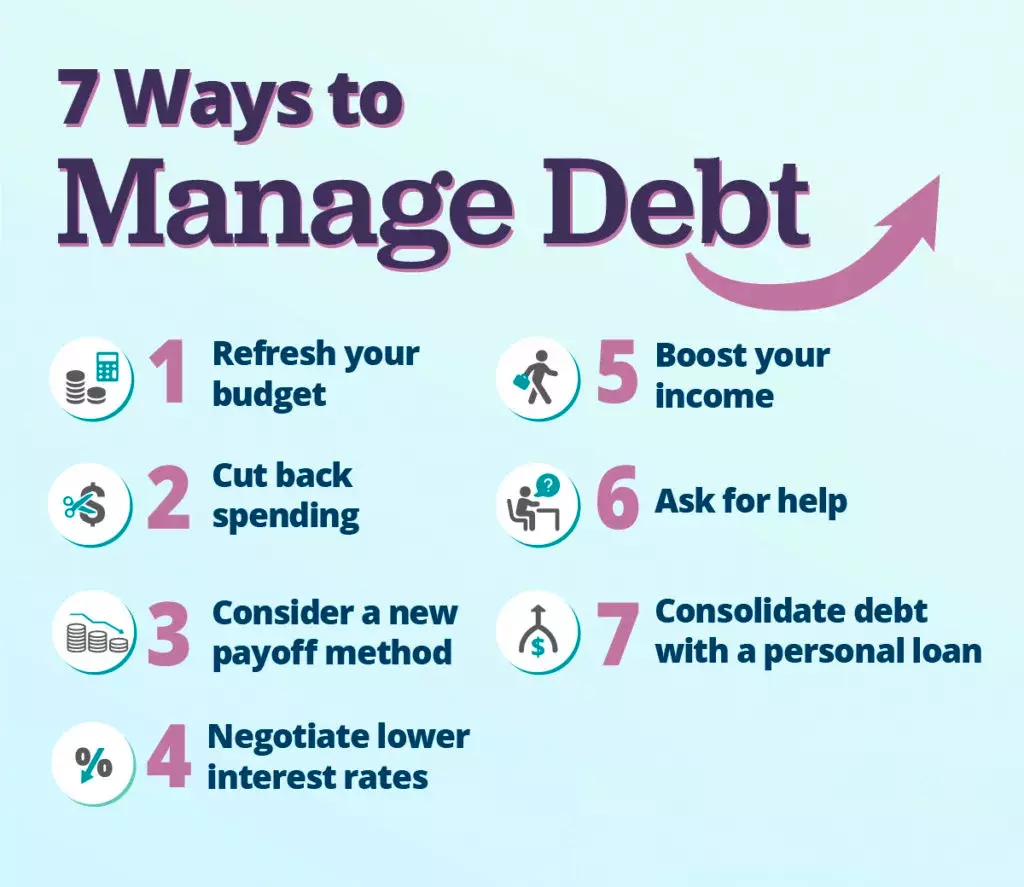Investing in cryptocurrency can be exciting, but it carries significant risk alongside the reward. For beginners in this space, following a structured approach is critical to build a sound base and avoid common pitfalls. This article offers practical, expert-informed guidance on how to get started, how to manage risk, and how to position yourself for steady progress rather than chasing quick gains.
1. Basics Before You Invest
1.1 What cryptocurrency is and why it matters
Cryptocurrency refers to digital or virtual assets that use cryptography and often a blockchain network to operate. The best-known examples are Bitcoin and Ethereum. These assets matter because they offer a different way of storing value, transacting, and participating in digital ecosystems. Before investing, it is wise to understand:
- The difference between coins and tokens (coins tend to operate on their own blockchain; tokens often sit on an existing blockchain)
- That crypto is far more volatile than traditional assets like stocks or bonds
- That regulatory treatment, security risks, and liquidity can vary widely
1.2 Define what you are trying to achieve
As a beginner, ask yourself:
- What is my purpose in investing in cryptocurrency? Am I aiming for long-term growth, diversifying my portfolio, or just learning the market?
- How much risk am I comfortable taking? Crypto can lose value quickly.
- How much money can I afford to invest and potentially lose without disrupting my financial stability?
Having these questions answered provides a foundation from which you can build a more disciplined approach.
2. Choose Reliable Platforms and Secure Storage
2.1 Selecting an exchange or trading platform
The platform you use to buy and sell crypto matters greatly because it affects your costs, security, and ease of use. Beginners should look for:
- A well-known, regulated exchange with a strong track record
- Transparent fee structures (deposits, withdrawals, trading)
- Good security protocols, including two-factor authentication (2FA), withdrawal confirmations, and cold storage of user funds
- Access to the cryptocurrencies you wish to invest in
2.2 Wallets and custody of your assets
Once you’ve bought crypto, you must decide how to store it securely. Key points:
- Hot wallets: these are online, convenient for trading but more vulnerable to hacks
- Cold wallets: offline storage (hardware or paper) that offers much stronger protection for long-term holdings
- Always backup your seed phrases and private keys. If you lose them, you may lose access entirely.
- Never share your private keys or seed phrases. Many scams revolve around this mistake.
Putting in proper security ensures that the effort you’ve made to learn and invest is not undone by a simple mistake or hack.
3. Build a Thoughtful Investment Strategy
3.1 Start small and scale gradually
Because cryptocurrency is volatile, it makes sense to begin with a modest amount. This way you learn the market without risking too much. For example:
- Allocate a small percentage of your broader portfolio to crypto (many advisors suggest no more than 5 %–10 %)
- Use regular investments (such as monthly purchases) rather than big lump sums to reduce timing risk (known as dollar-cost averaging, DCA)
- Over time, if your comfort level increases and you understand the asset class better, you may scale up cautiously.
3.2 Diversification within crypto
Just as with other investments, putting all your funds into one coin or token is risky. Instead:
- Hold some major, established cryptocurrencies (for example Bitcoin and Ethereum) which tend to have higher liquidity and deeper ecosystems
- Consider a few smaller or mid-cap projects that you have researched, but only a small portion of your crypto allocation
- Maintain a portion in stablecoins (if available) so you have flexibility to act when opportunities arise
- Avoid unrealistic “moonshot” bets unless you are prepared to lose that particular portion
3.3 Set clear entry and exit principles
Volatility can lead to emotional decisions. To counter that:
- Determine ahead of time how much you will invest and stick to amounts you’re comfortable with
- Use rules for taking profits or cutting losses rather than reacting to every market swing
- Treat your crypto investment as part of your long-term plan rather than trying to time short-term spikes
4. Research, Risk Management, and Staying Informed
4.1 Conduct thorough research
Before committing funds to any project, spend time understanding:
- What problem the project claims to solve and whether this is realistic
- Who is behind the project (developers, advisors, community)
- Tokenomics: total supply, circulating supply, incentives for holders
- Real use cases and adoption, development activity, roadmap progress
- Regulatory environment: whether the project might face legal or regulatory headwinds
This depth of research helps you separate genuinely promising projects from hype or scams.
4.2 Manage your risk actively
Key risk-management practices include:
- Invest only what you can afford to lose. If losing it would cause financial stress, reduce your allocation.
- Keep a portion of your assets in safer, more established investments – don’t let crypto be your entire portfolio
- Use features like stop-losses or limit orders if you trade actively, to protect against large downside moves
- Stay aware of regulatory and security risks. Many scams, hacks and frauds target newcomers.
4.3 Stay updated and adaptable
The crypto world changes quickly. To keep pace:
- Follow reputable news sources, official project channels, and respected analysts
- Watch for major regulatory announcements which can affect markets dramatically
- Monitor your portfolio periodically and revisit your strategy if your goals or circumstances change
5. Avoid Common Mistakes and Psychological Traps
5.1 Mistakes beginners often make
- Investing based purely on hype or social media recommendations without doing research
- Jumping into a project because of a sudden price jump (FOMO: fear of missing out)
- Ignoring security or using weak passwords, exposing themselves to hacks
- Neglecting the tax and regulatory implications of their investments
5.2 Handling emotions and market swings
- Accept that volatility is normal in crypto. Prices may rise or fall dramatically in short time frames.
- Keep perspective: some losses are part of investing. What matters is how you respond.
- Avoid frequent impulsive trades based on media noise. Instead rely on your strategy and criteria.
- Track performance but avoid fixating on short-term changes; focus on long-term outcomes.
6. When You Are Ready to Act, Practical Steps
Here are actionable steps you can follow once you feel prepared:
- Open an account on a reputable exchange. Verify identity and understand fees and withdrawal policies.
- Transfer a small, manageable sum to start (for example the equivalent of a few weeks of your normal budget).
- Secure a wallet for your holdings. For longer-term holdings select a cold wallet and for trading a hot wallet with good security.
- Choose one or two trusted cryptocurrencies and set up a regular purchase schedule (DCA).
- Keep some funds aside to take advantage of dips or new opportunities.
- Document your plan: your investment amount, goals, horizon, exit rules. Review it every few months.
- Maintain security hygiene: strong unique passwords, 2FA, backup of seed phrases, and cautious handling of emails and links.
- Before adding new coins or tokens, repeat the research process: team, utility, community, technology, tokenomics.
- Keep a record of all transactions for tax and audit purposes.
- After consensus: hold, review, learn. Do not rush to “get rich quick.”
Summary
Cryptocurrency offers a new asset class with potential for growth but also considerable risk. For beginners the path to success lies in starting small, educating yourself thoroughly, using reliable platforms, securing your holdings, diversifying sensibly, and maintaining a patient long-term outlook. A well-executed strategy grounded in research and risk management will serve you far better than chasing speculative highs. Over time, your knowledge will grow and your investment decisions will become stronger as a result of consistent habits rather than one-off bets.
FAQs
What is the best cryptocurrency for beginners?
There is no single “best” cryptocurrency for everyone. Many beginners start with major assets like Bitcoin or Ethereum because they have higher liquidity, more established use cases, and more information available for research. Focus on what you understand and can monitor.
How much of my portfolio should I allocate to cryptocurrency?
A common recommendation is to allocate no more than 5-10 % of your total investment portfolio to crypto, especially when you are starting out. This helps limit downside risk.
Is it safe to leave my crypto on an exchange?
Leaving crypto on an exchange is convenient but carries added risk of hacking or platform failure. For larger or long-term holdings it is safer to move them to a wallet that you control (preferably a cold wallet).
How does dollar-cost averaging (DCA) help beginners?
DCA involves investing a fixed amount at regular intervals rather than lump-sum investing. This method reduces risk of poor timing, helps smooth out volatility, and builds investing discipline.
What are the most common crypto scams and how can I avoid them?
Common scams include fake investment schemes promising guaranteed returns, phishing attempts to steal private keys, and “rug pulls” in new tokens. To avoid them: research thoroughly, never share your seed phrase or private key, verify projects’ legitimacy, and be wary of too-good-to-be-true promises.





